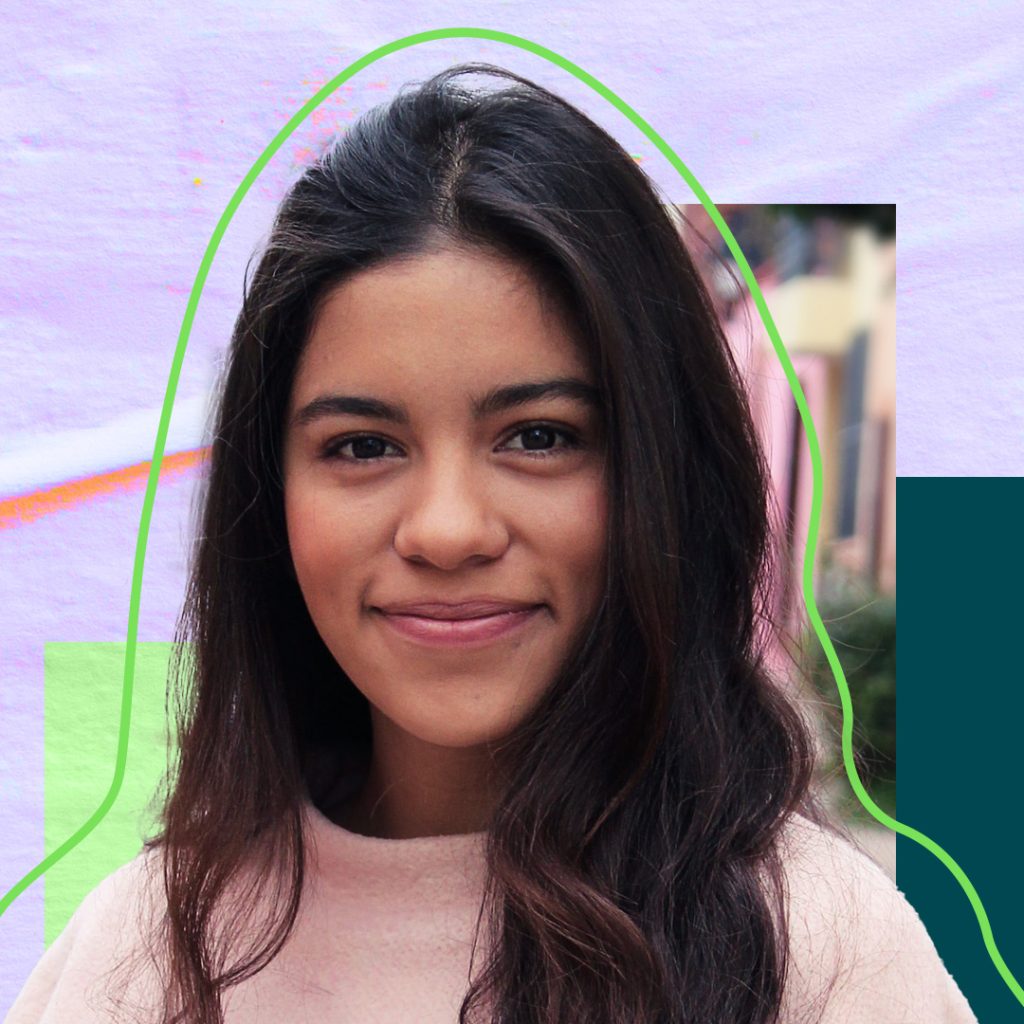REGENERATIVE SUSTAINABILITY
Inspiration
Blog
Feel energised, get inspired and see the impact of our latest work and thinking.

In the Spotlight
All Blogs
Segmentation
Consumer closeness
Inspiration
Feel energised, get inspired and see the impact of our latest work and thinking.

Segmentation
Consumer closeness